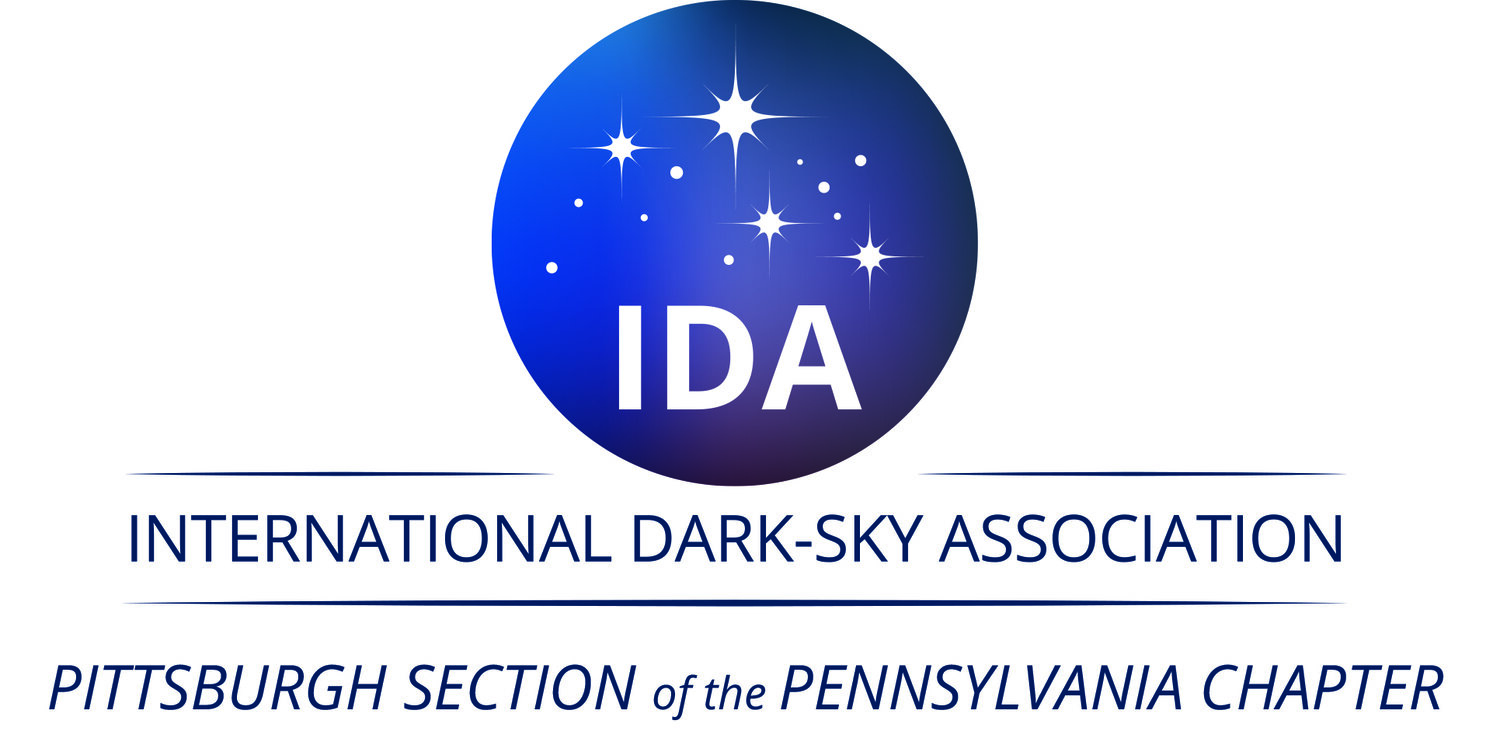Interview with Ken Walczak
Journey to the Dark Sky
by Tony Liu
Have you ever seen the Milky Way? Today, more than 80 percent of the world’s population lives under skyglow—the phenomenon where artificial light illuminates the night sky and overwhelms natural light from space. Among that population, I am one who has never experienced a truly dark night where one can see thousands of stars with naked eyes.
Ken Walczak works at the Adler Planetarium in Chicago as the Senior Manager for Far Horizons, a program that brings experiments designed and built by students, volunteers, and the public to the stratosphere, the edge of earth’s atmosphere, with high altitude balloons.
Ken recounts his first experience under a truly dark night sky. What does the Milky Way look like? Imagine you are driving in the middle of nowhere. The sun is setting, you checked the weather: clear. You get all excited just to be disappointed by clouds coming at you. Well, you say to yourself, better luck next time. But yet, “What I thought were clouds was actually the Milky Way. It was so bright that it look[ed] like a giant cloud across the sky. I literally pulled over to the side of the highway… I was amazed by how dark the night sky could be, how bright the stars could be.”
“Light pollution not only wastes energy, disrupts our sleep, and endangers ecosystems—it also takes away who we are.”
Ken grew up in a suburb south of Chicago where the southern night sky is still dark, but skyglow from downtown creeps in from the north. Like any child passionate about astronomy, he read books about the universe and observed celestial bodies in the night sky—the latter, unfortunately, has become almost impossible for most children nowadays. Ken told me what the universe meant to him: “The universe brings this giant, endless horizon to your world… In one sense, compared to the universe, a single human being is infinitesimal; but compared to the rarity life as we know it... it makes you also feel incredibly unique.” People might think of the universe differently, but today we don’t even “know” the universe is there. Light pollution not only wastes energy, disrupts our sleep, and endangers ecosystems—it also takes away who we are.
Fortunately, many people are striving to bring dark skies back, and Ken is one of them. 100 missions of Far Horizons have reached the stratosphere, one of which is NITELite. Previously, light pollution data was collected with either airplanes or satellites. NITELite filled in the height gap by using high altitude balloons to take high resolution photos of nighttime Chicago from a unique vantage point at a much lower cost. It turned out to be a great success. NITELite recorded detailed data before and after streetlights in Chicago were switched to LEDs. This data helps policymakers make better decisions on lighting to reduce light pollution.
Compared to other forms of pollution, light pollution is extremely easy to eliminate: flip the switch, shield the light and use the right color and brightness—that’s all it takes to bring the Milky Way back. The greatest obstacle, as Ken emphasized a lot, is awareness. “Most people are not aware that light pollution is even a thing... The first thing we need to do is education.” Before asking someone to turn off their lights, they need to realize that excessive lighting disrupts their sleep cycles and could make it harder, not easier, to see at night. Ken is working with Northwestern University to try to build an exemplary, ideally- lit district in Chicago that not only has a lower electricity bill but also is more pleasant to live in. If it proves to be a success, this would give a great boost to the public’s awareness of light pollution and encourage more places to follow this example.
Ken plans to visit the darkest place in every state in the US and has done twelve states so far, and I am planning to travel to a dark place to see the Milky Way for the first time in my life. Indeed, it is a long journey to the dark sky, but we will get there one step at a time.

